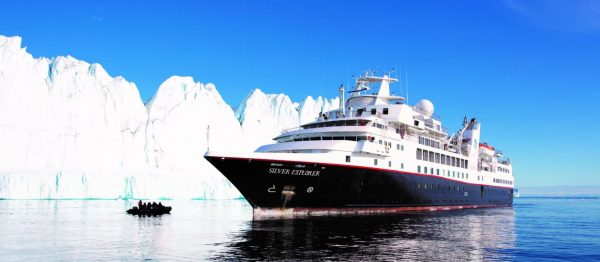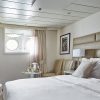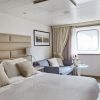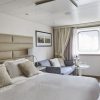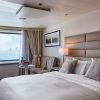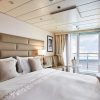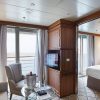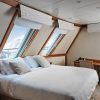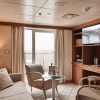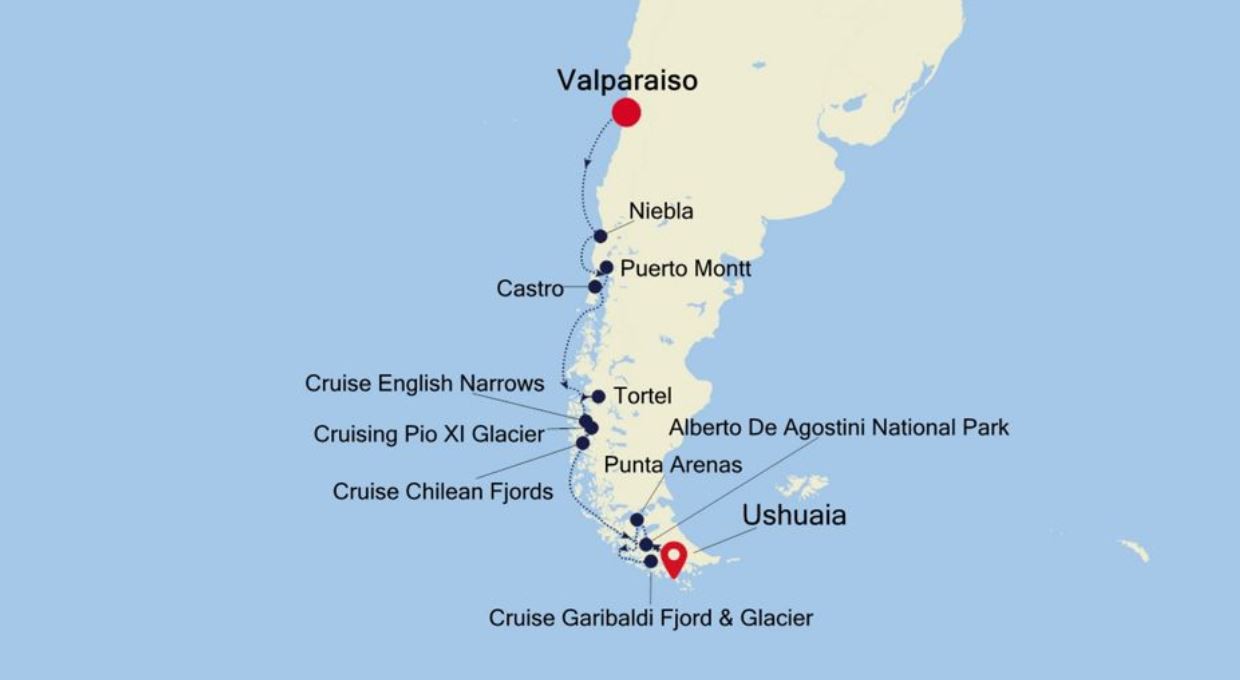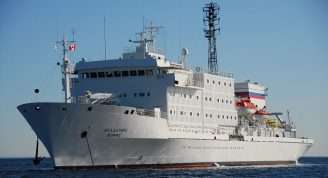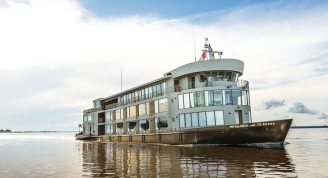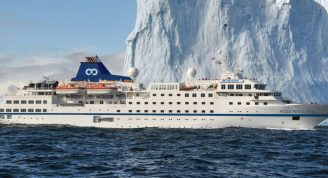Description
This all–encompassing journey is an explorer’s dream. Discover the wild tranquillity and peaceful waters on this journey through Patagonia and the Chilean fjords. With highlights that include the magical silence of the Torres del Paine National Park, the famous wooden churches of Chiloe and the awe-inspiring beauty of the Pio XI glacier, this is a voyage that not only takes in the stunning natural landscapes of Chile but allows ample time to relax, rewind and reboot.
Trip Name
Valparaiso to Ushuaia Expedition (Silver Explorer)
Days
13
Overview
Vessel Type: Luxury Expedition
Length: 108 metres
Passenger Capacity: 144
Built / refurbished: 1989 / 2008 / 2018
Silversea’s purpose-built luxury Silver Explorer expedition cruise ship has been designed specifically for navigating waters in some of the world’s most remote destinations, including both of earth’s polar regions. A strengthened hull with a Lloyd’s Register ice-class notation (1A) for passenger vessels enables the Silver Explorer Expedition Cruise Ship to safely push through ice floes with ease. A fleet of 12 Zodiac boats allows Silversea Expedition guests to visit even the most off-the-beaten path locations and an expert Expedition Team provides insight and understanding to each unforgettable Silver Explorer luxury cruise adventure.


